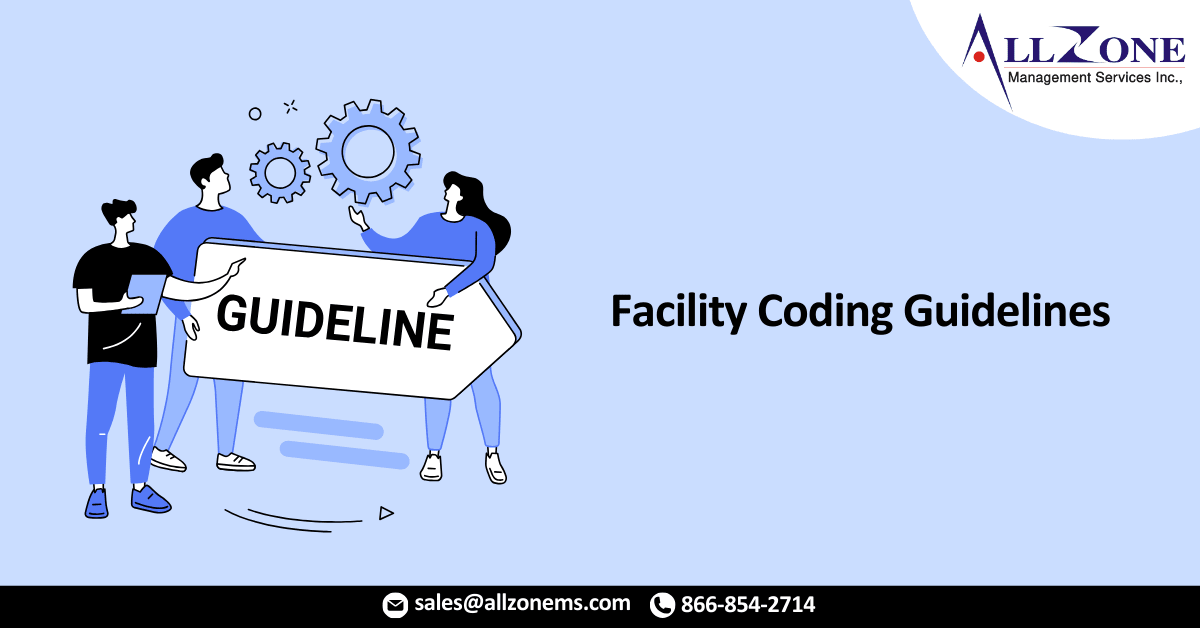Facility-specific coding guidelines are key to code hospital visits and encounters consistently. Another role that facility-specific guidelines play is to capture all possible reimbursement that is due to an organization.
Every Oct. 1, the MS-DRGs and ICD-10-CM/PCS are updated. In addition to the MS-DRGs, the New Technology Add-On Payments (NTAPs) are updated as well. It is important not to confuse the NTAPs with the New Technology section in ICD-10-PCS. Not all the codes in the New Technology section are NTAPs. The NTAP provides additional reimbursement on top of the MS-DRG payment. The additional payments are usually triggered by the associated ICD-10-PCS code(s).
Coders must be aware of the NTAPs that are possible for their organization. Additionally, they must understand where the corresponding documentation can be found and how it appears. For the 2021 fiscal year, the following NTAPs are available:
- ZEMDRI (XW033G4, XW043G4)
- AndexXa (XW03372, XW04372)
- AZEDRA (XW033S5, XW043S5)
- CABLIVI (XW033W5, XW043W5, XW013W5)
- ELZONRIS (XW033Q5, XW043Q5)
- Ertafitinib (XW0DXL5)
- SPRAVATO (XW097M5)
- XOSPATO (XW0DXV5)
- JAKAFI (XW0DXT5)
- T2 Bacteria Panel (XXE5XM5)
- Eluvia Drug Eluting Stent System (X27[H,J,K,L]3[8,9,B,C]5)
- ContaCT (4A03X5D)
- Hemospray Endoscopic Hemostat (XW0G886, XW0H886)
- IMFINZI (XW03336, XW04336)
- TECENTRIQ (XW033D6, XW043D6)
- Soliris (XW033C6, XW043C6)
- Spine Jack System Expansion Kit (XNU0356, XNU4356)
In addition to these, NTAPs with alternative pathway have been added. These include:
- Barostim Neo System (0JH60MX with 03HK0MZ or 03HL0MX)
- Optimizer System (0JH60AZ, 0JH63AZ, 0JH80AZ, 0JH83AZ)
- Cefiderocol (XW03366, XW04366))
- CONTEPO (XW033K5, XW043K5)
- NUZYRA (XW033B6, XW043B6)
- RECARBRIO (XW033U5, XW043U5)
- XENLETA (XW03366, XW04366, XW0DX66)
- ZERBAXA (XW03396, XW04396)
Facility-specific coding guidelines should be updated to identify which of the above substances, devices, or tests are provided or performed by each facility. The result is additional reimbursement for the facility.
NTAPs are not the only updates to facility-specific coding guidelines. Each facility should consider the additional data needs in the context of quality, state reporting requirements, and facility reporting requirements. Some topics that have been in the news include social determinants of health (SDoH) and Hierarchical Condition Categories (HCCs), both of which should be addressed in facility-specific coding guidelines. SDoH codes fall in categories Z55-Z65. The guidelines should address which of these diagnosis codes are assigned and where the documentation is. For HCCs, each facility should address in their guidelines if they utilize them.
To promote coder productivity and efficiency, facility coding guidelines should address the coding of family history, past medical history, tobacco status, allergies, long-term drug use, external cause codes, and procedure status codes. Facility guidelines would also address the resolution process when there are situations that conflict with patient safety indicators (PSIs), hospital-acquired conditions (HACs), and other quality programs. The facility guidelines should address physician queries and how they are created, the follow-up process for unanswered queries, and an escalation process for unanswered queries. Discharge status is another topic that is strictly related to coding, but does impact reimbursement. Frequently, there is conflicting information regarding discharge status. The guidelines should include documentation for the discharge status. For example, the physician may say that the patient was discharged to a skilled nursing facility (SNF). The social worker may document that the patient was discharged to the acute rehabilitation unit within an SNF. If the social worker documentation is accurate, then the coder would identify that the patient was discharged to the acute rehabilitation unit. This internal guideline can avoid takebacks for inaccurate discharge statuses. See the Journal of the American Health Information Management Association’s (AHIMA’s) article, Developing Facility Specific Coding Guidelines, to assist your development.
Facility-specific coding guidelines are utilized by new coders as they become familiar with their new employers. They constitute a wonderful communication document. The bottom line is that this document can produce money for the facility and coder productivity for the department.
For More Information: https://www.icd10monitor.com/the-need-for-facility-coding-guidelines

